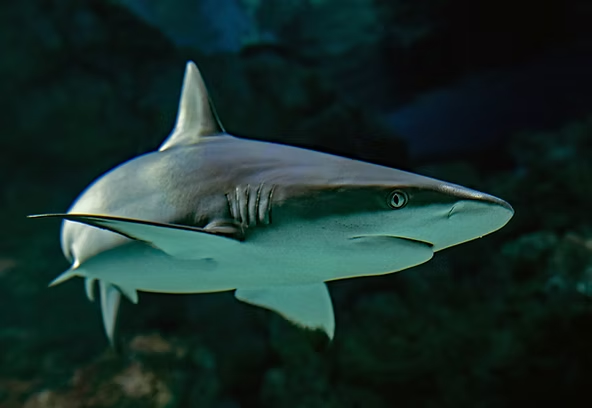Shark Smell: The Most Powerful Sense in the Ocean
Smell is arguably the most important sense for sharks, so much so that they have been called “swimming noses” [source: SeaWorld]. Sharks can detect incredibly small concentrations of chemicals: one part fish extract in 10 billion parts water [source: Elasmodiver], or one part blood in one million parts water, equivalent to a teaspoon in a swimming pool [source: Shark Trust]. They can sense these odors from hundreds of meters away [source: SeaWorld].
How Sharks Smell
Sharks have two nasal cavities, called nares, located just under their snout. Each nare has an entry and exit opening for water. Sharks pull water into these nares to detect prey. Water passes into nasal sacs and over skin folds called olfactory lamellae. The nasal sacs contain sensory cells that send signals to the brain. The shark’s olfactory lobes, which make up about two-thirds of its brain weight [source: Shark Trust], analyze the smells to identify prey or potential mates.
Tracking the Scent
Once a shark detects a scent and decides to pursue, its natural swimming motion—moving the head side to side—helps determine the source direction. Each movement allows the shark to sample more water, determining whether the odor is coming from the left or right nare. This helps the shark navigate directly toward its target.
Specialized for Smelling
A shark’s nose is dedicated solely to smelling. Breathing occurs through the gills, and the sense of smell is not connected to the mouth. Sharks often discover the taste of prey only after biting it, which is why some humans survive minor bites—sharks may reject prey after a nibble if it doesn’t appeal.

